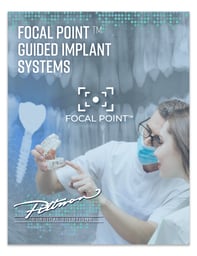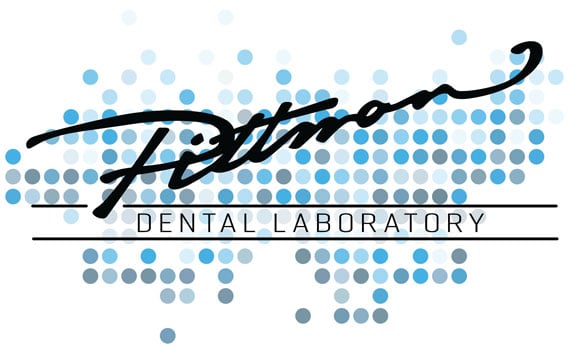When a patient decides to get All-on-4 dental implants, which is a technique used to restore a full arch of teeth, they will typically go through several steps. Here's a general overview of the process:
1. Initial Consultation: The patient will schedule an initial consultation with a qualified dentist or oral surgeon who specializes in dental implant procedures. During this consultation, the dentist will assess the patient's oral health, evaluate their jawbone density and structure using X-rays or CT scans, and discuss their dental history and expectations.
2. Treatment Planning: Based on the evaluation, the dentist will create a customized treatment plan for the patient. This includes determining the number of implants required, identifying the optimal implant positions, and discussing the materials to be used for the prosthetic teeth.
3. Preparatory Procedures (if necessary): In some cases, patients may require preparatory procedures before the implant surgery. This can include tooth extractions, bone grafting to enhance the jawbone density, or treatment for any existing oral health issues like gum disease.
4. Implant Surgery: On the day of the surgery, the patient will be given anesthesia or sedation to ensure their comfort. The dentist will then surgically place the dental implants into the jawbone. The All-on-4 technique involves using four implants per arch, strategically positioned to maximize support and stability.
5. Temporary Prosthesis: Following the implant surgery, a temporary prosthesis (denture or bridge) will be attached to the implants. This temporary restoration allows the patient to have functional teeth while the implants integrate with the jawbone during the healing period, which can take a few months.
6. Healing and Osseointegration: Over the next few months, the implants will gradually fuse with the surrounding jawbone through a process called osseointegration. This provides a strong foundation for the permanent prosthesis.
7. Final Prosthesis Placement: Once the osseointegration is complete, the patient returns to the dentist for the placement of the final prosthesis. This prosthesis is custom-made to match the patient's natural teeth in terms of color, shape, and size. The dentist will attach the prosthesis securely to the implants, ensuring proper fit and aesthetics.
8. Follow-up Care: After the All-on-4 procedure, the patient will have follow-up appointments with the dentist to monitor their healing progress and ensure the long-term success of the implants. Regular check-ups and proper oral hygiene practices are crucial to maintaining the health of the implants and prosthesis.
It's important to note that while the above steps provide a general outline, the exact process may vary depending on the patient's individual needs and the specific protocols followed by the dentist or oral surgeon.
Adding Revenue to Your Practice
 If you are a GP looking to add a new revenue source to your practice, an easy way to introduce oral surgery options would be Pittman's Focal Point™. Focal Point™ allows Dentist, Laboratory and Patient to plan collaboratively in real-time, giving us the absolute best prosthetic outcome with the designed implant placement. Focal Point™ by Pittman Dental Laboratory provides this simple, easy to use guided implant system. A complete implant package includes five pieces: the surgical guide, the custom healing abutment, the temporary and final prosthesis. Pittman Dental Laboratory works with all implant manufactures, providing you with quality and choice. Download our Focal Point™ brochure.
If you are a GP looking to add a new revenue source to your practice, an easy way to introduce oral surgery options would be Pittman's Focal Point™. Focal Point™ allows Dentist, Laboratory and Patient to plan collaboratively in real-time, giving us the absolute best prosthetic outcome with the designed implant placement. Focal Point™ by Pittman Dental Laboratory provides this simple, easy to use guided implant system. A complete implant package includes five pieces: the surgical guide, the custom healing abutment, the temporary and final prosthesis. Pittman Dental Laboratory works with all implant manufactures, providing you with quality and choice. Download our Focal Point™ brochure.
